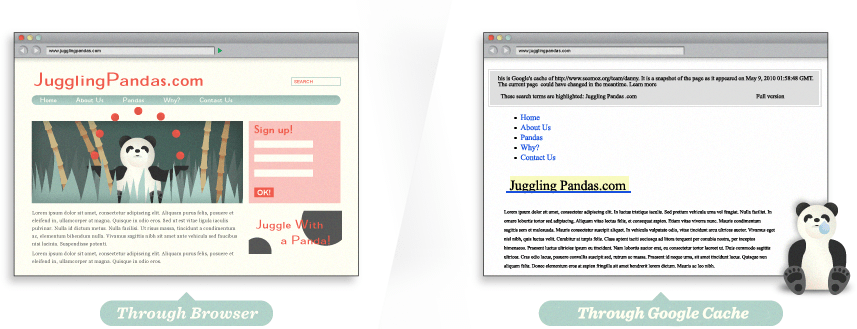These SEO tips have helped many e-commerce websites increase sales and revenue by large multiples, and can help you boost sales:
- HTML easily parsed by search spiders
- Lightweight HTML, separate from CSS
- For e-commerce site, set title and META details per product, per page, and per category...
- SEO friendly product links, category links, brand links, search links, and page links...
- Automatically generated HTML sitemap and XML sitemap for Google Webmaster Tools
- Correct use of robots.txt file, H1 through H6 tags, and NOFOLLOW attribute
- PageRank not passed to irrelevant pages
- Product image alt text
- Use lists instead of paragraphs.
 |
| You can see why using Lists and Heading tags (h1, h2...h6) can increase your page ranking in eyes of Google |
- Include internal sub-headings and they should include your keyword phrase. Use heading tags for your sub-heads, and repeat your keyword phrase.
- URL - Be short and go static. The best URLs are human readable without lots of parameters, numbers and symbols. Using technologies like mod_rewrite for Apache and ISAPI_rewrite for Microsoft, you can easily transform dynamic URLs like this http://moz.com/blog?id=123 into a more readable static version like this: http://moz.com/blog/google-fresh-factor. Even single dynamic parameters in a URL can result in lower overall ranking and indexing.
- Prevent cache.
A cache buster is a string of code inserted in a page or a tag to prevent browsers and proxies to fetch a file (most often an ad) from the cache.
 |
| Using the Google cache feature makes it difficult for search engines to interpret relevancy. |
Note: Image cachebuster changes too frequently might damage SEO. The cachebuster in image urls changes too frequently, even when the image itself hasn't changed. This causes search engines to believe that the image has changed when it hasn't, which results in the images not getting indexed.


0 nhận xét:
Đăng nhận xét